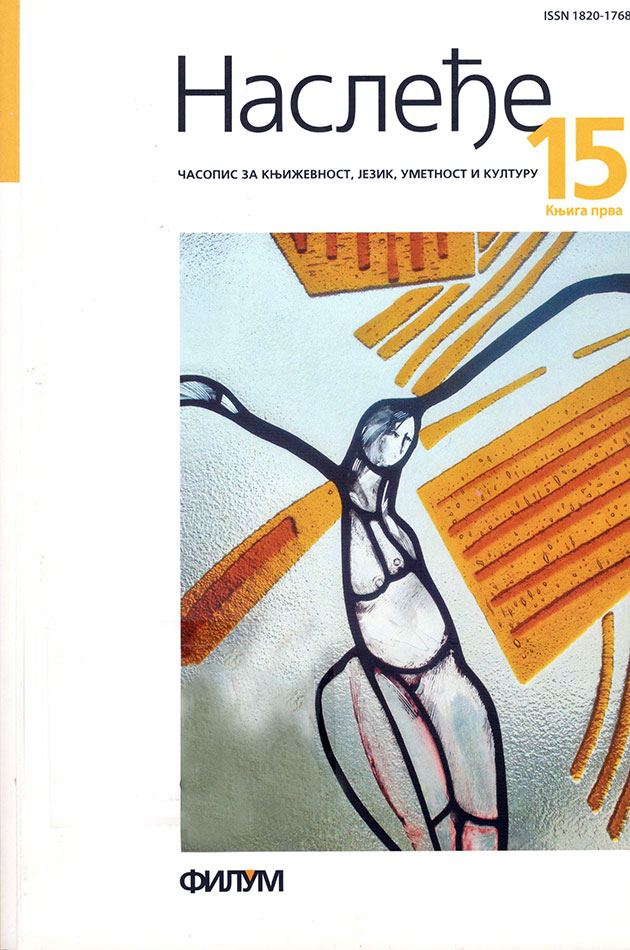THE EVENT-RELATED POTENTIAL METHOD IN NEUROLINGUISTICS
Keywords:
неуролингвистика, метод евоцираног потенцијала, N400, P600, језичко процесуирање, семантика, синтакса, фонологијаAbstract
The study introduces the Event-Related Potential method in neurolinguistics, an electrophysiological method based on Electroencephalogram (EEG) data, used to assess on-line processing of cognitive activity focusing on the measurement of Event-Related Potentials (ERP). ERPs can be utilized when a comprehender’s only task is to understand a word, phrase or sentence or to produce names or more elaborate utterances. Recording electrical brain activity in response to written and spoken words (as well as smaller and larger linguistic units) thus provides a means of tracking the brain’s sensitivity to various linguistic inputs, revealing which factors are important to processing and the time course of their infl uence. Diff erent types of neural activity are introduced: N100, P200, N200, P300, N400, P600. Then, foundings from various studies are presented; that semantic processing of a word begins even before it is uniquely identifi ed and that there is a continuous mapping from linguistic input onto semantic representations, specifying words’ semantic, phonological and syntactic properties.
References
Бентин 1989: S. Bentin, Electrophysiological studies of visual word perception, lexical organization, and semantic processing: A tutorial review, Language and Speech, 32, 205–220.
Фидермајер, Кутас 1999: K. D. Federmeier, M. Kutas, A rose by any other name: Long-term memory structure and sentence processing, Journal of Memory and Language, 41, 469–495.
Коен, Нејгел 1977: М. Коен, Е. Нејгел, Увод у логику и научни метод, Београд: ЗУНС.
Кутас, Делонг 2008: M. Kutas, K. Delong, A Sampler of Event-Related Brain
Potential (ERP) Analyses of Language Processing, Brain Research in: Language, ed. Zvia Breznitz, Springer Science+Business Media, LLC, 153–187.
Шаул 2008: S. Shaul, Event-Related Potentials (ERPs) in the Study of Dyslexia, Brain Research in: Language, ed. Zvia Breznitz, Springer Science+Business Media, LLC, 51–93.
Становић, Вест 1979: K. E. Stanovich, R. F. West, Mechanisms of sentence context eff ects in reading: Automatic activation and conscious attention. Memory & Cognition, 7, 77–85.
Питен, Кулсон, Рубин, Планте, Паркс 1999 : C. Van Petten, S. Coulson, S. Rubin, E. Plante, M. Parks, Time course of word identifi cation and semantic integration in spoken language. Journal of Experimental Psychology: Learning, Memory, and Cognition, 25, 394–417.
Вич, Морено, Кутас 2003: N. Y. Y Wicha, E. M. Moreno, M. Kutas, Expecting gender: An event related brain potential study on the role of grammatical gender in comprehending a line drawing within a written sentence in Spanish. Cortex, 39, 483–508.






